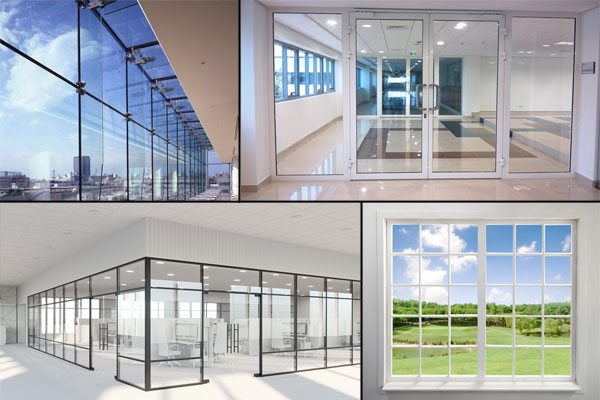Glass is a magical material which has so many different properties and uses, that it has presented Architects with many new possibilities and designs. In their quest for transparency and safety, Architects often use reinforced, toughened and laminated glasses.
Advantages of Glass
- Can absorb, refract or transmit light. It adds beauty to a building when used in transparent or translucent applications. Glass transmits up to 80% of available natural daylight.
- The use of natural light can lower electricity bills, brighten the rooms of a building, and can also boost the mood of the occupants.
- Resistant to weather and can hold up to the effects of the wind, rain, or the sun.
- Rust is resistant and does not degrade because of the effects of chemical and environmental conditions.
- Recyclable and it does not degrade during the recycling process, and it can be recycled again and again without loss of quality or purity.
- Unaffected by noise, air, water. Sealed glass panes transmit very little sound, and hence can be a good sound insulator.
- Glass has a smooth, glossy surface so it is dust proof and can be easily cleaned.
Glass in contemporary architecture
Glass is also a more resistant and dimensionally stable building material, odor-neutral, hygienic and easy to maintain. That is why it is used in windows, on facades and as roofs. In buildings, transparent sliding elements, such as in kitchens and bathrooms, or transparent partitions in large office rooms are made of this material. Glass is also used in architecture for elevators or balcony railings.
Glass has various uses that makes it a fascinating material, special importance in architecture.
Glass window pane
A glass pane is built into the frames of your window to create a spotless view, eliminate air flow and insulate your home.
Panes of glass vary in shape and size from one window to the next. Some panes of glass might have films on them to provide better insulation, which is known as Low-E glass. Other panes of glass will vary in thickness, depending on the quality of the window. As windows age, the glass panes become thinner and more vulnerable to the elements.
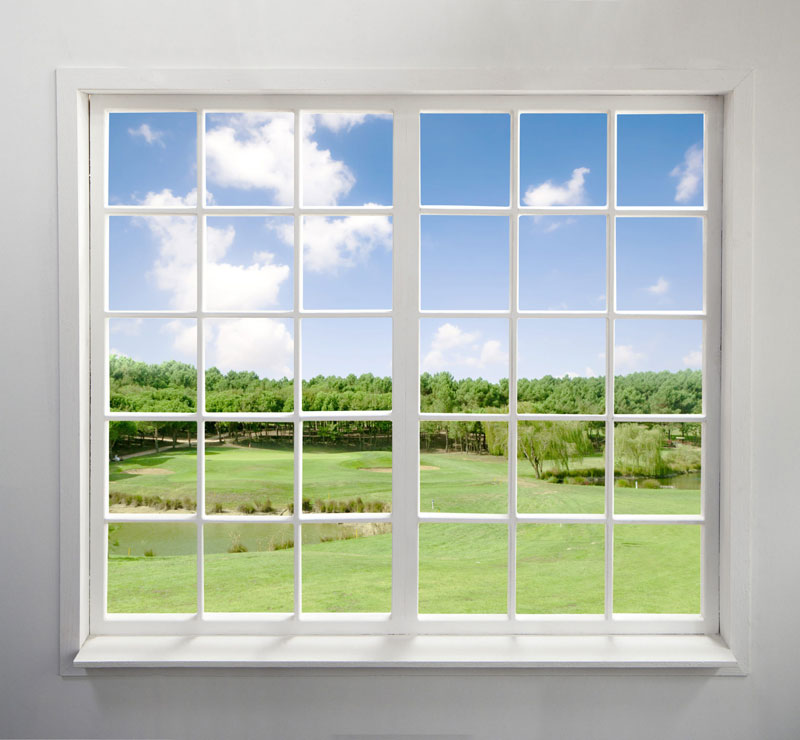
Glass curtain wall
A curtain wall is an outer covering of a building in which the outer walls are non-structural, utilized only to keep the weather out and the occupants in. Since the curtain wall is non-structural, it can be made of lightweight materials, such as glass, thereby potentially reducing construction costs. An additional advantage of glass is that natural light can penetrate deeper within the building. The curtain wall façade does not carry any structural load from the building other than its own dead load weight.
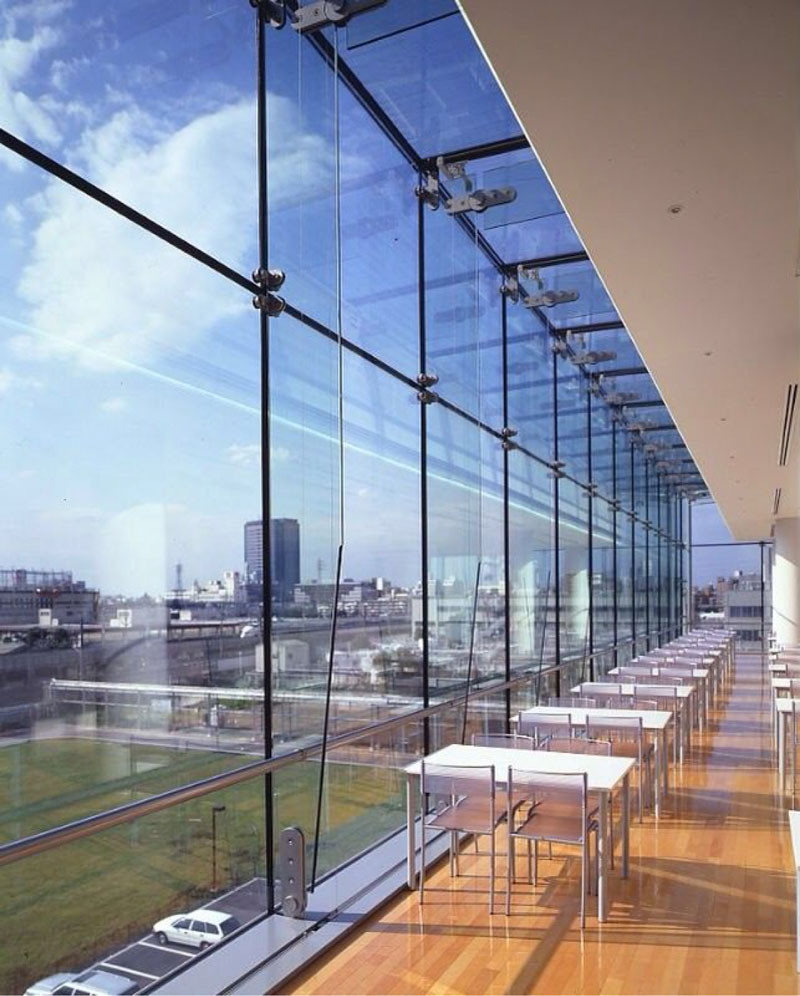
Glass roofing material
Glass roofs are hugely effective at transforming the interior aesthetic of a property, and present some of the most versatile and impactful glazing solutions. It’s a bit misleading, however, to simply refer to ‘glass roofs’ as though they were a single product or entity – there are many different types, styles, and designs, and there are all sorts of things you’ll need to consider when choosing one. Depending on your property and your requirements, different types of glass roof will be most appropriate.

Glass partitions
Glass partition walls are ideal for creating comfortable and practical office working environments. When you allow natural light to flow into a given space, it changes how shapes, colors, patterns, textures and people interact. Glass partition walls are also one of the simplest ways to update an office or commercial space. These glazing systems are gaining in popularity over traditional drywall installations. Interior designers and architects both appreciate these glass wall systems for their scalability and translucent properties.
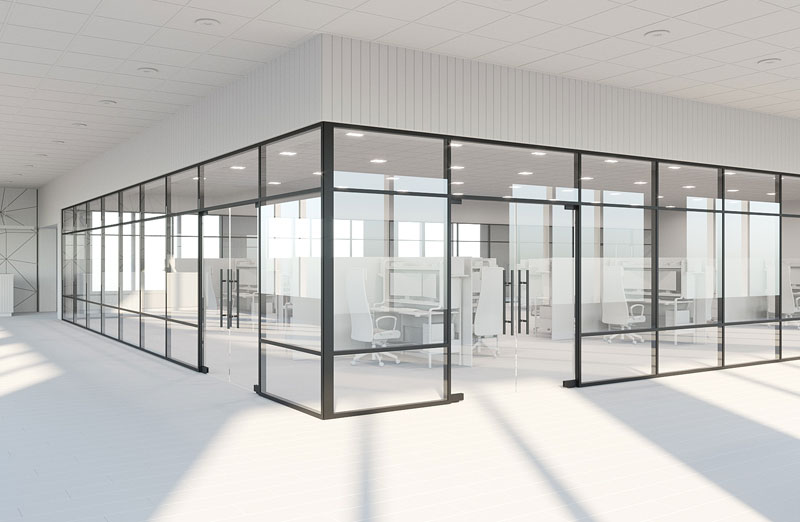
Glass doors
One of the most common types of home and business glass outside of traditional windows is glass doors. Safe for interior and exterior use, modern-day glass doors are made of tempered glass, energy-efficient and come in a variety of styles. Glass doors can be customized to fit your space and personal design aesthetic. From opaque shower or etched closet doors to clear French doors that lead into a dining room or living space, Doors can be made with large panes set in a frame, like those used for sliding doors and storm doors, or they can be made of materials like hardwood, metal or composite, with smaller windows inset within the door.
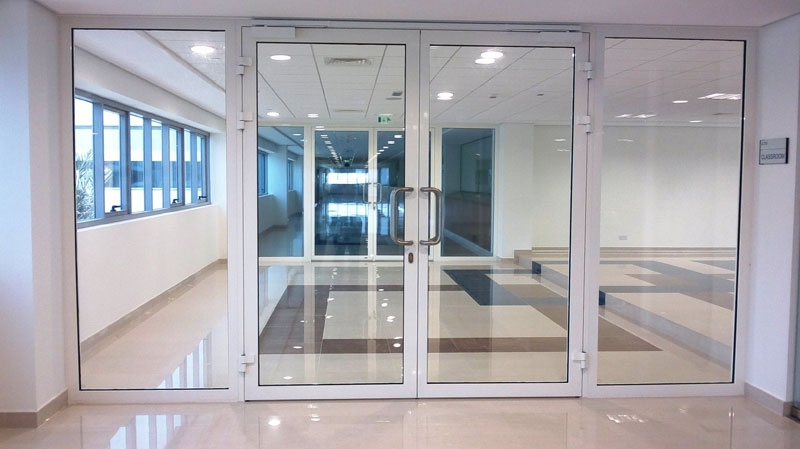
Conclusion
Glass acts as an unique architecture material that is utilized mainly due to its special features and advantages. With proper planning, architects and engineers can design a beautiful structure,
